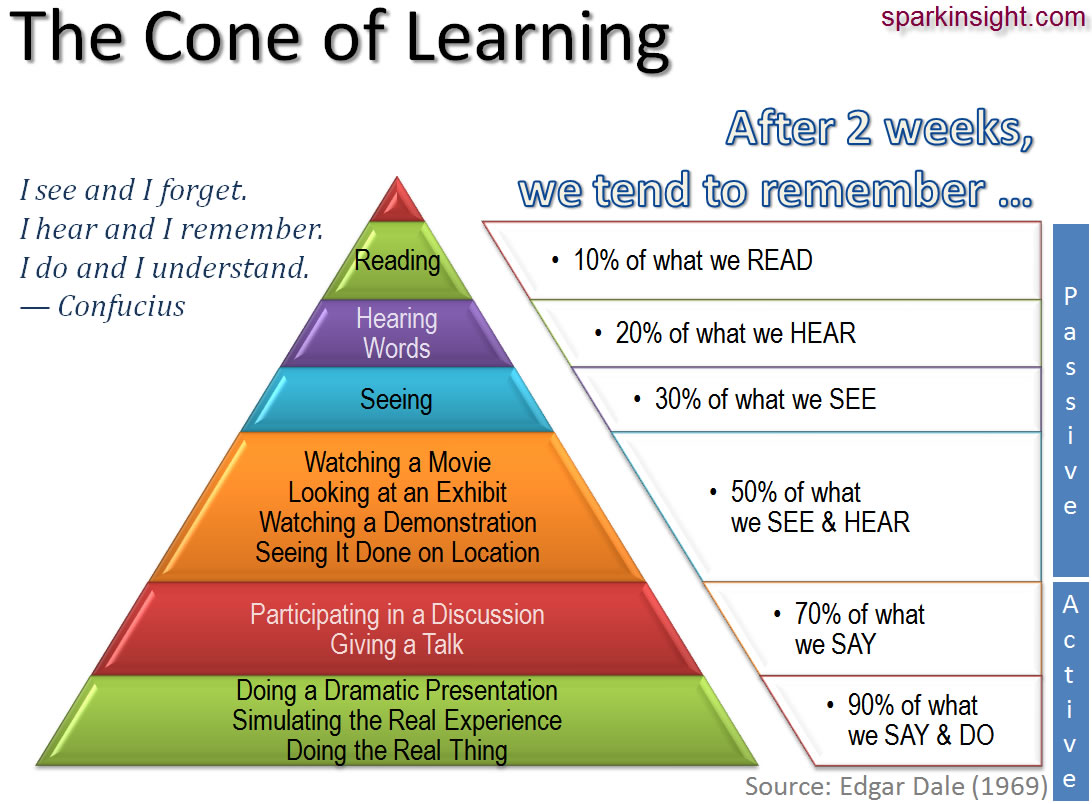Note: This post was written as a lesson for my COM107 Writing for the Media students at Rider University…
Defining “content”
The communication messages we present on the Internet — whether the messages are on our blogs, websites or presented through social media channels — are known as “content” to the writers and marketers creating the words and graphics that make up these communication messages.
When you’re writing content, you should follow the same writing principles we’ve learned throughout this course, and you should start by focusing on the “P.A.S.T.” — an acronym that stands for “Purpose. Audience. Style. Tone.”
P – Determine the Purpose of Your Writing
It takes some planning to execute a content marketing strategy. So, right from the start, you need to determine the objectives and goals of your content. Ask yourself:
“What results am I looking to generate through the words I’m writing?” and “What am I hoping to communicate?” Your answers to these questions will help you determine your purpose.
A – Know Your Audience
I wish I could have come up with an acronym that started with the letter “A” — because I would have put this step first: Know your audience. Your audience includes the people you want to target and make connections with through your writing and communication messages. Whenever I’m writing for my blog or on Twitter, I envision the people I’m trying to reach sitting across the desk from me. I’m having a conversation with them. Therefore, my writing “talks” directly to my audience. I’m using a “conversational style,” and this brings us to the “S” in the “P.A.S.T.” acronym…
S – Use an Appropriate Style and/or Structure
The style and structure of your writing can help you reach and connect with your audience. Maybe it’s the familiarity communicated through your writing. Or maybe it’s the way you cleverly attract attention to your blog post, web page or tweet. Keep in mind that sometimes a casual, conversational style is appropriate for content writing — and sometimes it’s not. Also, your writing style and structure must “match” or meet the requirements of the communication channel you’re writing for… For example, if you’re writing a “tweet,” you must keep your writing short and sweet (under 140 characters and spaces). A blog post has less limitations, but you might want to “chunk” your writing by using sub-headlines and bullet points rather than long paragraphs.
T – Establish an Appropriate Tone
The concept of “tone” goes back to the idea of “knowing your audience.” When you’re writing content for the Internet, make sure you’re establishing a “tone” that reflects your understanding of your audience and their needs and expectations. You don’t want to be too casual or too formal. If you’re targeting a more sophisticated or educated audience, it’s okay to use technical words and acronyms — BUT ONLY IF YOU’RE SURE YOUR READERS WILL UNDERSTAND what you’re saying! When you pay attention to the tone of your writing, you’re guaranteed to “engage” or connect with more readers.
Do you have any questions or comments to share about considering the “P.A.S.T.” when writing content for the Internet? Please post your comments here. Thanks for reading! 😉
Kathy Magrino
P.S.: This post was written as a lesson for my COM107 Writing for the Media students at Rider University. They’ll be completing the following assignment here:
Today’s In-Class/Homework Assignment:
Review the information on this handout (also posted on my blog at www.thewriteway.com) and then review this blog post by Ardath Albee:
Writing content is not a job for sissies
Ms. Albee offers her perspective about writing content for the Internet. Please read the blog post and then answer the following questions:
1. How does Ms. Albee’s perspective about writing content for the Internet differ from mine?
2. How are our perspectives the same?
3. Review the blogs, websites and social media channels that you regularly visit on the Internet and tell me if you find any evidence of our content writing strategies in the posts and content you read. If possible, share an example.
POST YOUR ANSWERS as a comment on my blog post by the end of the day, Thursday, April 7, 2011. Thank you! — KM
